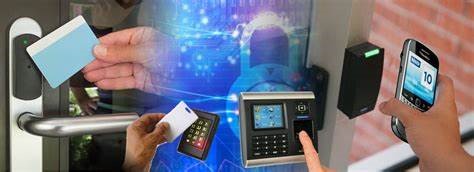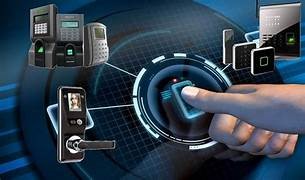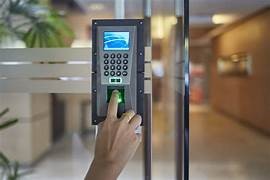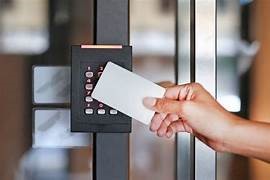Access Control & Attendance Management System
Access control is an important security mechanism used to regulate who can access certain resources, systems or information within an organization. It is a fundamental aspect of cybersecurity and data protection. The primary objective of access control is to prevent unauthorized access to sensitive data, applications, and physical locations while allowing authorized users to perform their intended tasks.
There are several types of access control methods including:
Mandatory Access Control (MAC): This is a high-level security model typically used in government and military environments. The access decisions are determined by a central authority based on predefined security classifications and labels assigned to users and resources.
Discretionary Access Control (DAC): In DAC, the resource owner decides who can access their resources and what level of access they are granted. This model is less restrictive and commonly used in personal computing environments and some file-sharing systems.
Role-Based Access Control (RBAC): RBAC assigns permissions to users based on their roles within an organization. Instead of individual user permissions, access is granted based on the user's role, making it easier to manage access rights.
Attribute-Based Access Control (ABAC): ABAC uses attributes as the basis for access control decisions. Attributes may include user characteristics, resource properties, environmental conditions, and more. It offers a flexible approach to access control, allowing complex rules to be defined.
Rule-Based Access Control (RBAC): In RBAC, access decisions are based on a set of predefined rules that specify what actions users or groups can perform on specific resources.
Time-Based Access Control (TBAC): TBAC allows access to resources only during specific time periods or for a limited duration. This is useful for granting temporary access to certain users.
Access control can be applied to various aspects, such as:
Physical Access Control: This regulates entry and exit to physical locations like buildings, rooms, and data centers. Common methods include key cards, biometric systems, and PIN codes.
Network Access Control (NAC): NAC ensures that only authorized devices can connect to a network. It is often implemented through firewalls, Virtual Private Networks (VPNs), and Network Access Servers (NAS).
Data Access Control: Data access control governs who can access, modify, or delete specific data within databases, files, or applications.
Application Access Control: This restricts access to certain functionalities or features within software applications based on user roles or permissions.
Proper implementation of access control is crucial for maintaining the confidentiality, integrity, and availability of sensitive information and resources. It is often combined with other security measures like encryption, multi-factor authentication, and auditing to create a robust security framework.






